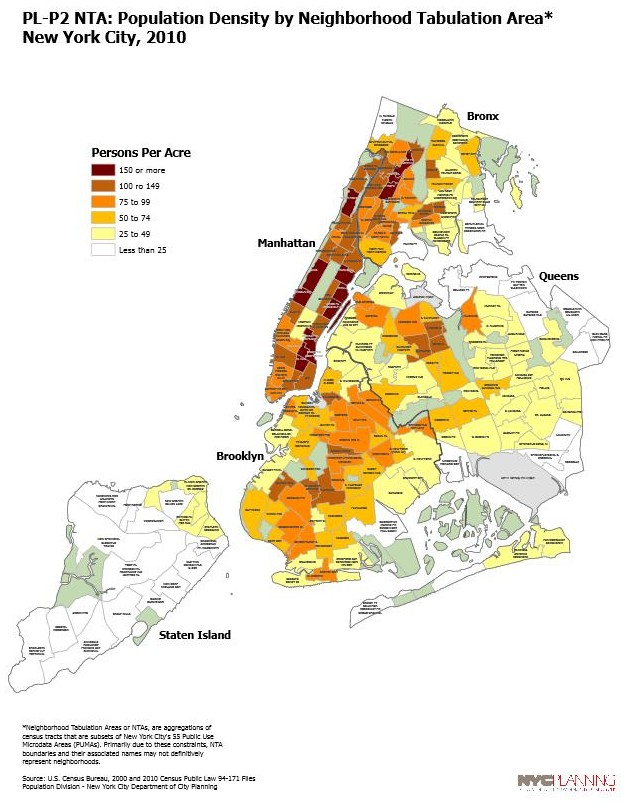Dense development is smart. It provides residents with economic, social and health benefits and results in smaller Ecological Footprints per capita compared to sprawl.
In 2014, over half of the world’s population resided in densely-developed urban areas. By 2050, that will rise to two-thirds. Within that period, if current greenhouse gas emissions remain on pace, Earth’s temperature will rise 7.2 degrees Fahrenheit and sea levels will rise up to two feet. Super storms like Sandy and Katrina may decrease in frequency but will intensify.
With the looming threat of such disasters, a mass influx of people to any centralized area may sound like a terrible idea. But dense development does more than shrink Ecological Footprints or encourage economic growth: it can create resilient cities.
Whereas sustainable cities efficiently balance human needs with environmental impacts, resilient cities can “bounce back” and adapt to new conditions after a crisis. They adopt dense multi-use development, emphasize walking, bicycling and transit, and decentralize energy and resource networks. If (or when) a natural disaster hits, they can adjust to disturbances, allowing systems to continue functioning.

When Sandy devastated the Northeast nearly three years ago, higher-density areas recuperated more quickly than less dense areas. Those higher-density areas, such as downtown Brooklyn and Manhattan, were less reliant on cars and had accessible networks of vital resources like food and healthcare. And when subways shut down between Manhattan and Brooklyn and buses became overcrowded, many commuters turned to cycling.
Building “resilient” dense cities, though, shouldn’t eclipse efforts toward building sustainable cities. Resiliency without sustainability–and vice versa–ultimately leaves us vulnerable as we face increasingly inevitable natural disasters and an undeniably changing environment.
Some cities are luckier when it comes to climate change, but others–especially those as densely developed and populated as New York–need serious upgrades to protect its residents. Still, revamping existing systems can take years of construction and billions of dollars. The estimated cost for New York’s Special Initiative for Rebuilding and Resiliency 10-year-plan is $19.5 billion. And it hasn’t even broken ground yet.
